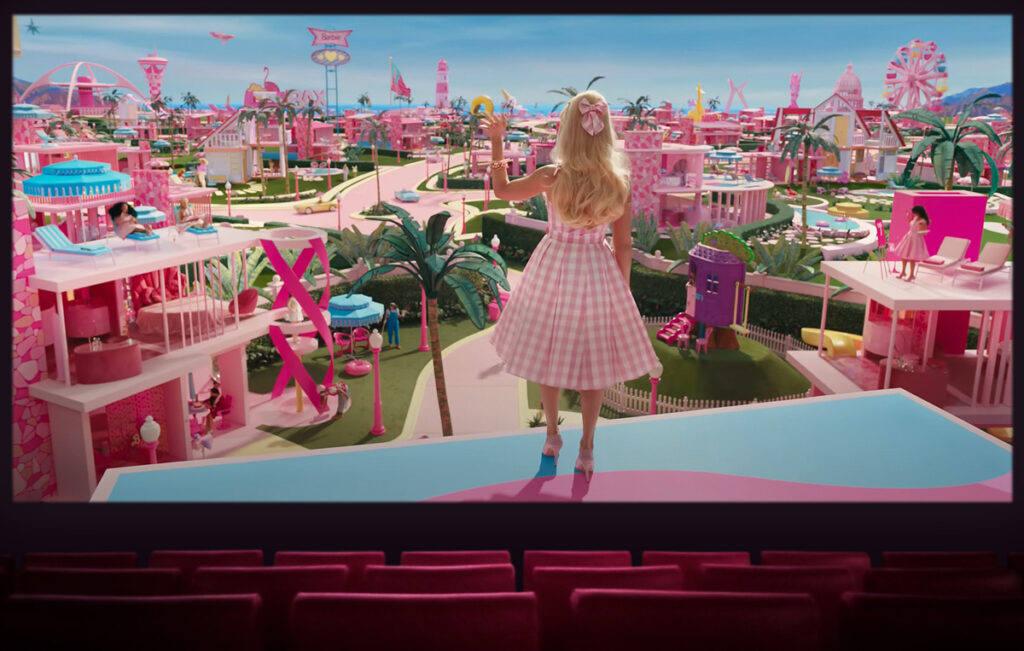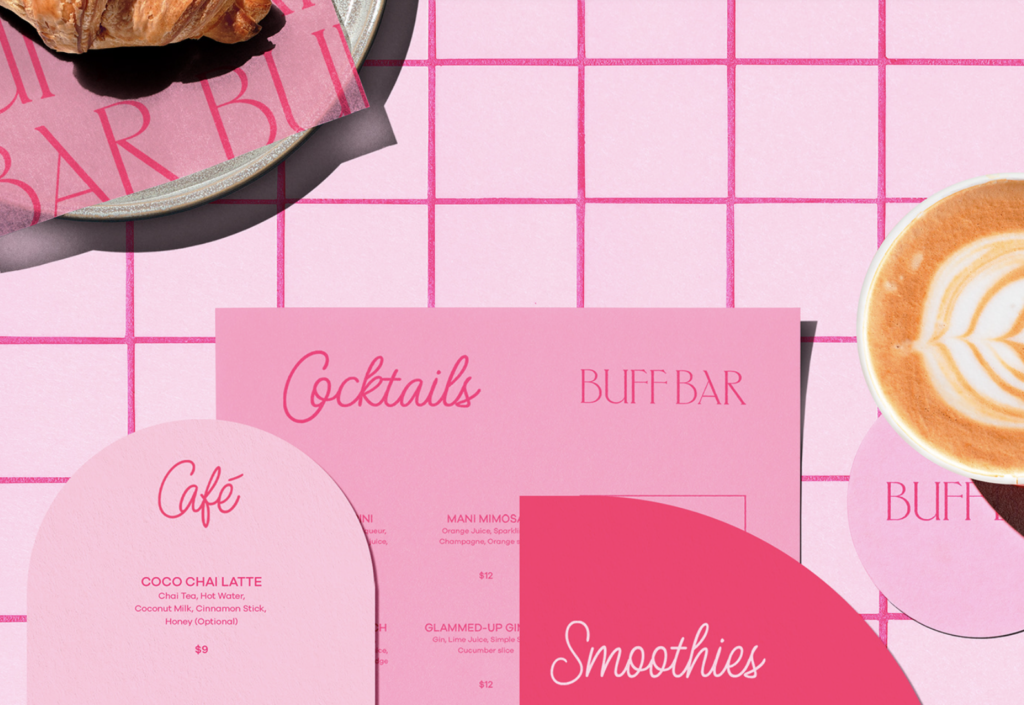
The announcement of Barbie (2023) directed by Greta Gerwig sent ripples of excitement through the film industry and revolutionized both graphic design and pop culture trends. Gerwig, known for her unique storytelling and artistic vision, promised to breathe new life into the iconic doll’s cinematic journey, challenging many social conventions and redefining the narrative surrounding the beloved character.
The movie created the color “Barbie Pink” which captivated audiences and businesses everywhere with a timeless charm and nostalgic feel that also embraced diversity and inclusivity. From its humble beginnings in 1959, Barbie (2023) inspired generations with her new message of empowerment and individuality while staying true to its roots.
Graphic Design and Marketing

In the realm of graphic design, the announcement of Gerwig’s Barbie movie sparked a wave of creativity and inspiration. Companies and artists alike seized the opportunity to reimagine Barbie through their own lens, incorporating elements of the iconic doll into their designs and branding strategies. From playful illustrations to vibrant color schemes, Barbie’s influence permeated various industries, captivating audiences with bold and attractive patterns.
Social media platforms served as a breeding ground for Barbie-inspired graphic content, with hashtags like #BarbieMovie and #GretaGerwigBarbie generating buzz and excitement. Enthusiasts shared their interpretations of Gerwig’s vision, creating fan art and digital collages that celebrated Barbie’s cultural significance while paying homage to Gerwig’s unique artistic sensibilities.
Websites dedicated to Barbie and her universe also underwent a transformation, with updated layouts and designs reflecting the anticipation surrounding Gerwig’s movie. E-commerce platforms selling Barbie merchandise experienced a surge in traffic as fans clamored to pre-order products tied to the upcoming film. Restaurant chains like Burger King to brands like Birkenstock and Uno have embraced the “Barbie Pink”, utilizing the eye-catching designs for their products. However, Barbie’s presence in graphic design extended beyond marketing and promotion; it became a cultural phenomenon in its own right, sparking conversations about deconstructing stereotypes across various platforms, inspiring creativity and reform.
What Pink Really Means

At the heart of Barbie’s allure lies the color pink—a symbol of femininity, fun, and fantasy. For decades, pink has been synonymous with Barbie, adorning everything from her signature outfits to her dreamy accessories. However, Gerwig’s Barbie movie promises to challenge conventional perceptions of the color, exploring its deeper meanings and cultural significance in a modern context.
Pink, once relegated to the realm of gender stereotypes, has evolved into a symbol of empowerment and self-expression for all genders. Gerwig’s Barbie movie seeks to redefine the narrative surrounding the color, presenting it as a source of strength and individuality rather than a limitation. Moreover, Gerwig aims to celebrate the diversity and complexity of femininity and childhood, challenging audiences to reconsider their preconceived notions of what it means to be an adult in a world that makes one grow up too fast.
When companies incorporate Barbie pink into their graphic design, it signifies more than just a color choice; it reflects their commitment to supporting and empowering women. By aligning with Gerwig’s vision for Barbie, companies signal their dedication to inclusivity, diversity, and progressive values. Barbie pink serves as a beacon of hope, reminding us that through creativity and innovation, we can challenge norms and shape a more equitable future.
Conclusion
In conclusion, Gerwig’s Barbie movie represents a new frontier in graphic design—a bold and daring exploration of femininity, empowerment, and self-expression. As anticipation builds for the film’s release, Barbie’s influence in graphic design continues to grow, inspiring generations to dream, create, and embrace their individuality. Whether in toy packaging, digital content, or corporate branding, Barbie’s cultural significance transcends generations, leaving an indelible mark on the landscape of graphic design and popular culture.

